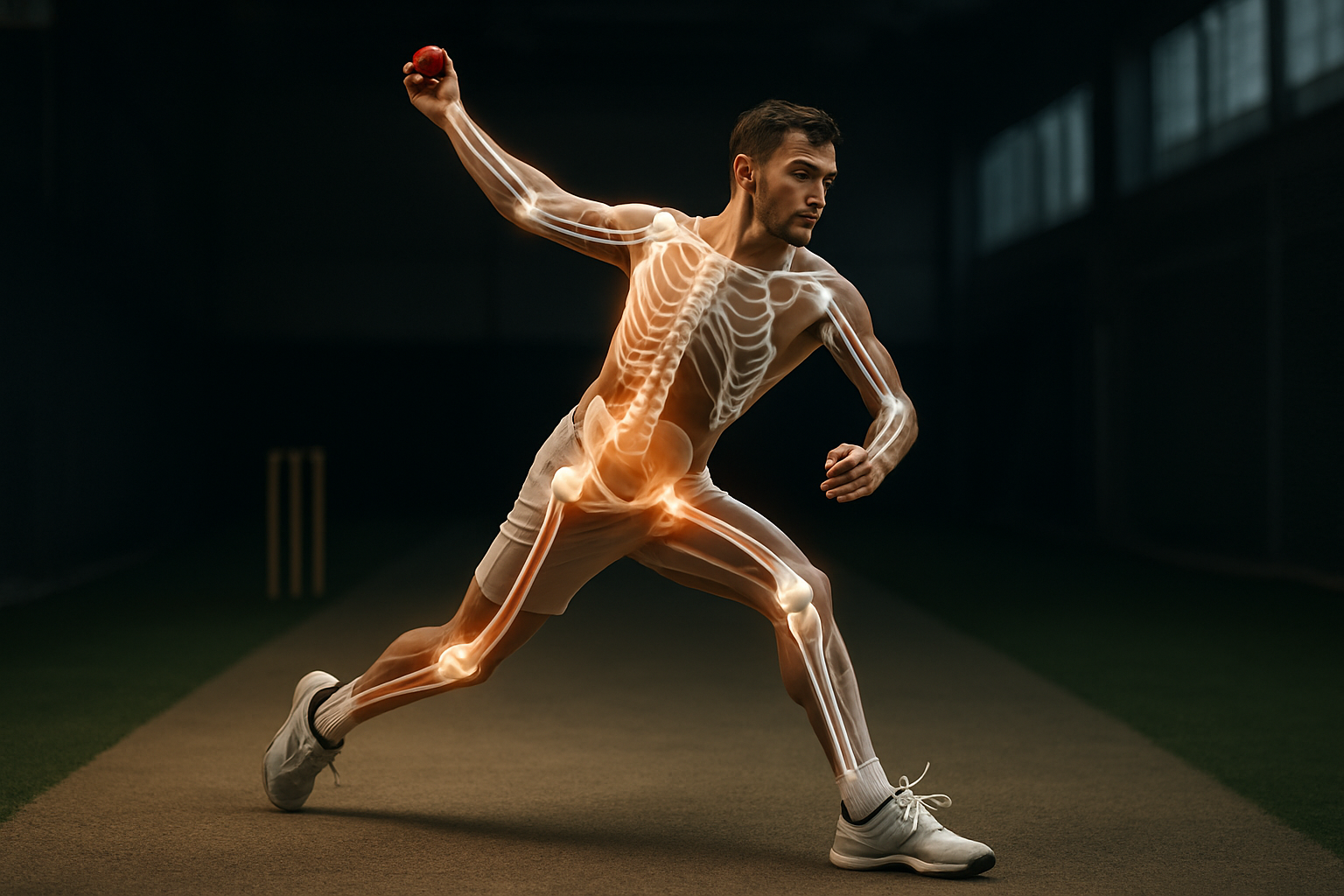Chronophototherapy: Illuminating the Path to Better Health
Can the timing of light exposure revolutionize our approach to wellness? Imagine a world where the simple act of adjusting when we're exposed to light could dramatically improve our health, from enhancing sleep quality to boosting mood and cognitive function. Welcome to the fascinating realm of chronophototherapy, where the intersection of light, time, and biology holds the key to unlocking our body's natural healing potential.

Research has shown that the timing, intensity, and spectral composition of light exposure can significantly impact our physiological processes. By strategically manipulating these factors, chronophototherapy aims to align our internal clocks with the external environment, potentially addressing a wide range of health issues.
Historical Context and Scientific Developments
The concept of using light for healing dates back to ancient civilizations, with sun therapy being practiced in Egypt, Greece, and Rome. However, the modern understanding of chronophototherapy began to take shape in the late 20th century with the discovery of intrinsically photosensitive retinal ganglion cells (ipRGCs) in the human eye. These specialized cells are particularly sensitive to blue light and play a crucial role in regulating our circadian rhythms.
Recent advancements in LED technology and wearable devices have made it possible to deliver precisely timed light therapy, opening up new avenues for research and treatment. Scientists are now exploring how chronophototherapy can be used to address jet lag, seasonal affective disorder (SAD), and even more complex conditions like Alzheimer’s disease and certain types of cancer.
Applications and Potential Benefits
Chronophototherapy shows promise in various areas of health and wellness:
Sleep Disorders
By carefully timing exposure to bright light and darkness, chronophototherapy can help reset the body’s internal clock, potentially alleviating insomnia and other sleep disturbances. Research has shown that morning light therapy can be particularly effective in treating delayed sleep phase syndrome, a condition where individuals struggle to fall asleep and wake up at conventional times.
Mood Regulation
Light therapy has long been used to treat seasonal affective disorder (SAD), but chronophototherapy takes this a step further by considering not just the intensity of light but also its timing. Studies suggest that morning light exposure can have a significant antidepressant effect, possibly by influencing the production of neurotransmitters like serotonin and norepinephrine.
Cognitive Enhancement
Emerging research indicates that strategically timed light exposure may improve cognitive function, particularly in older adults. A study published in the Journal of Clinical Sleep Medicine found that bright light therapy in the morning and evening could enhance attention and executive function in individuals with mild cognitive impairment.
Metabolic Health
The timing of light exposure may also play a role in regulating metabolism. Animal studies have shown that altering the timing of light exposure can affect body weight and glucose tolerance, suggesting potential applications for managing obesity and diabetes in humans.
Challenges and Considerations
While chronophototherapy holds great promise, it’s not without challenges. Individual variations in light sensitivity and circadian rhythms mean that treatments may need to be highly personalized. Additionally, the long-term effects of manipulating light exposure are not yet fully understood, and more research is needed to establish optimal protocols for different conditions.
It’s also crucial to consider the potential risks of inappropriate light exposure. For example, excessive blue light exposure in the evening can disrupt sleep patterns and may have other health implications. As such, the implementation of chronophototherapy requires careful monitoring and adjustment.
Illuminating Facts About Light and Health
-
Our eyes contain about 4,000 to 5,000 ipRGCs, which are most sensitive to blue light with a wavelength of around 480 nanometers
-
Exposure to sunlight for just 13-15 minutes can boost vitamin D production by up to 1000 IU
-
The human eye can detect a single photon of light in complete darkness
-
Light therapy boxes used for SAD typically provide 10,000 lux of illumination, about 100 times brighter than usual indoor lighting
-
Night shift workers have a 19% higher risk of heart disease compared to day workers, partly due to circadian rhythm disruption
As we continue to unravel the complex relationship between light, time, and our biology, chronophototherapy emerges as a promising frontier in health and wellness. By harnessing the power of precisely timed light exposure, we may soon have a non-invasive, highly personalized tool to enhance sleep, mood, cognition, and overall well-being. While further research is needed to fully understand its potential and limitations, chronophototherapy offers an exciting glimpse into a future where the simple act of adjusting our light environment could lead to profound improvements in our health and quality of life.





